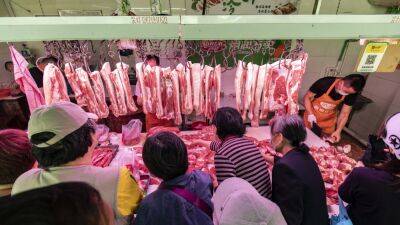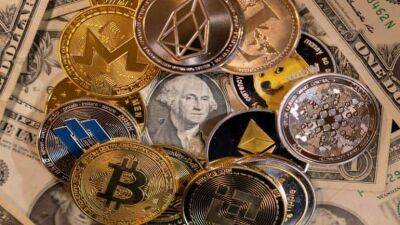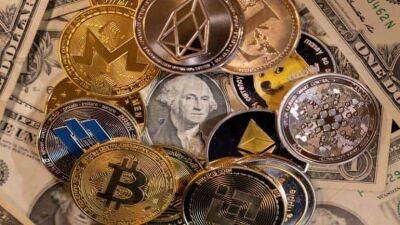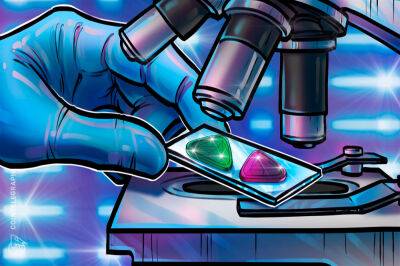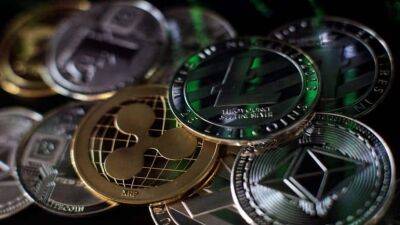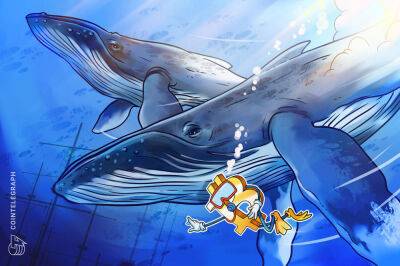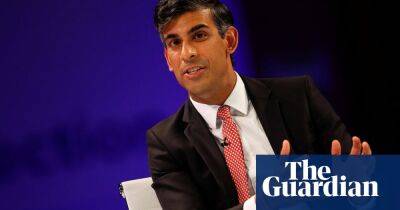Single servings at low prices: how Unilever’s sachets became a scourge
Five years ago, Unilever announced a “radical recycling” process aimed at tackling a huge waste scourge it helped to create: billions of single-use sachets that litter south-east Asia’s landfills, pollute its waterways and wash up on its beaches.
The “sachet economy” of single servings at low prices, targeting poorer consumers, began across much of the developing world in the 1990s. Sold at shops and stalls across south-east Asia and Africa, these brightly coloured palm-sized packets contain everything from shampoo to coffee. But their size and multilayered structure render them almost impossible to collect and recycle. In Indonesia, which lacks the infrastructure to deal with waste, they represent the ultimate symbol of throwaway culture, making up 16% of all plastic waste.
The oceans swirl with plastic. More than 8m tonnes pour into the seas every year, spewed out via rivers, dumped on coastlines or abandoned by fishing vessels. Plastic even contaminates the air: in many places, it literally rains plastic.
However, while ocean pollution suggests bobbing plastic bottles or straws, these make up only a fraction of the total. In this series, the Guardian's Seascape project is looking at what is in this plastic avalanche to find out where it comes from, the harm it causes and what can be done to fix it.
The type of plastic that proliferates through ocean ecosystems depends on where you look. While bags and food wrappings dominate the shoreline, further out it is abandoned fishing gear and plastic lids.
Some sources of plastic pollution are less obvious, such as cigarette butts and sachets. Then there’s the vast, unseen churn of microplastics – trillions of tiny fibres and beads that are now so much part of our water systems
Read more on theguardian.com


